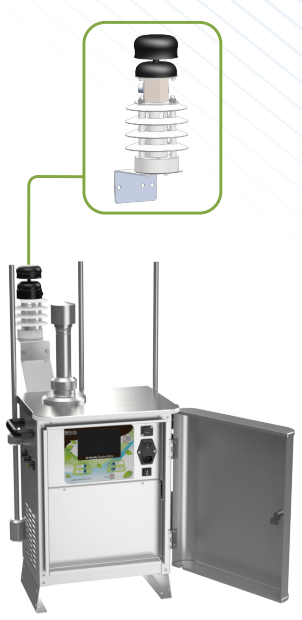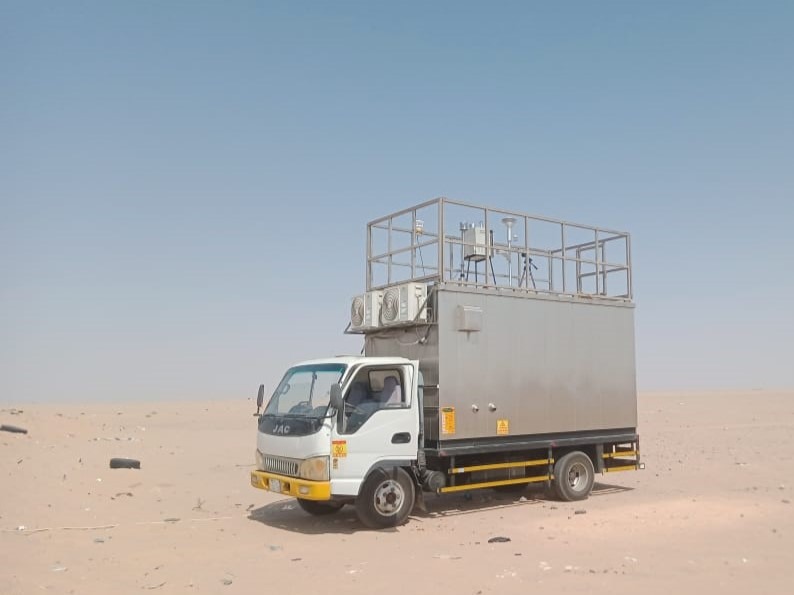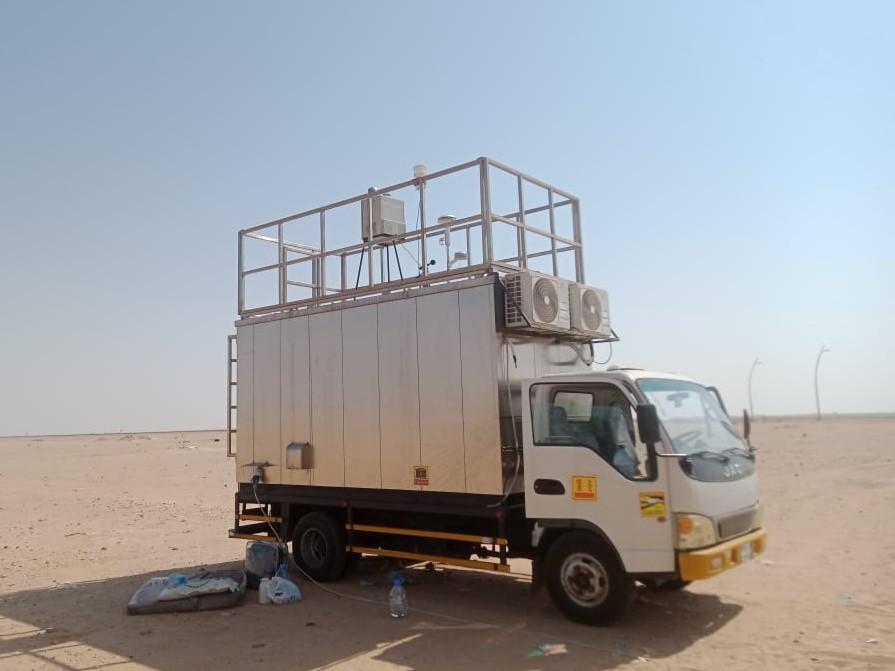Ambient Air Quality Monitoring Stations (AQMS)
Ambient Air - The Most Fundamental Feature of Human Life
Clean and pure ambient air is vital for maintaining public health, ecological balance, and overall quality of life. However, as industrialization and urbanization expand, the quality of our air faces increasing challenges. Commercial operations, vehicular emissions, and industrial activities contribute to rising levels of harmful pollutants, posing significant risks to human health and the environment. Addressing this issue has become a priority for environmental protection initiatives worldwide.
Recognizing the critical need to address air pollution, environmental agencies have established stringent guidelines to monitor and control ambient air quality. Internationally, the United States Environmental Protection Agency (USEPA) sets standards for hazardous air pollutants and their permissible limits. Nationally, the National Center for Environmental Compliance (NCEC) in Saudi Arabia plays a similar role, defining pollutants of concern and regulating their allowable concentrations. These standards are essential for safeguarding public health and ensuring sustainable development.
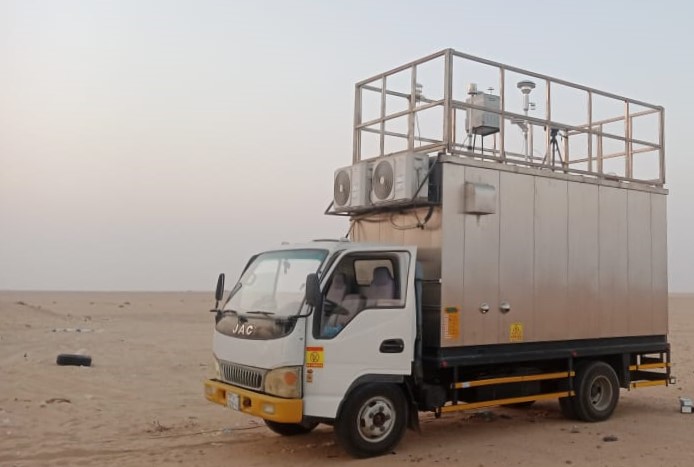
ESES - Delivering Ambient Air Quality Monitoring Services across the Kingdom
As a Dammam-based company qualified by the National Center for Environmental Compliance (NCEC), Environmental Standard Co. for Environmental Services (ESES) is committed to providing advanced ambient air quality monitoring solutions. Our mobile air quality monitoring stations are designed to deliver real-time, precise data to support environmental stewardship and regulatory compliance across Saudi Arabia.
Features of Our Mobile AQM Stations
State-of-the-Art Equipment: Equipped with advanced analyzers and sensors to measure a wide range of pollutants, including PM2.5, NO2, SO2, CO, and O3.
Real-Time Data Collection: Providing accurate and instantaneous readings for proactive decision-making.
Customizable Monitoring Solutions: Tailored to meet the specific needs of urban, industrial, and remote environments.
Compliance with Standards: Fully aligned with USEPA and NCEC guidelines to ensure reliable and actionable results.
Key Pollutants needed to be Monitored and Controlled
The rise in air pollution is attributed to a range of key pollutants, including:
Particulate Matter (PM10 and PM2.5): Emitted by vehicles, construction sites, and industrial processes, these fine particles can penetrate deep into the lungs and bloodstream.
Nitrogen Dioxide (NO2): Commonly produced by burning fossil fuels, particularly from vehicle exhausts and power plants.
Sulfur Dioxide (SO2): Released during the combustion of sulfur-containing fuels like coal and oil.
Carbon Monoxide (CO): A byproduct of incomplete combustion in vehicles and industrial machinery.
Ozone (O3): Formed by chemical reactions between volatile organic compounds (VOCs) and nitrogen oxides (NOx) under sunlight.
These pollutants not only degrade air quality but also contribute to climate change, respiratory diseases, and environmental degradation.
Chief Sources of Ambient Air Pollution
Ambient AQM Analyzers used by ESES
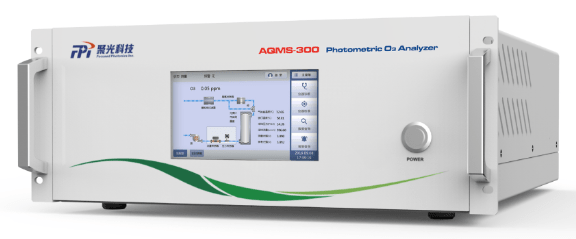
AQMS-300 (Ozone)
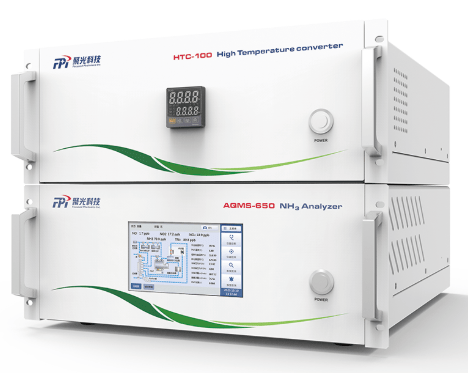
AQMS-550 (Sulphur Dioxide)
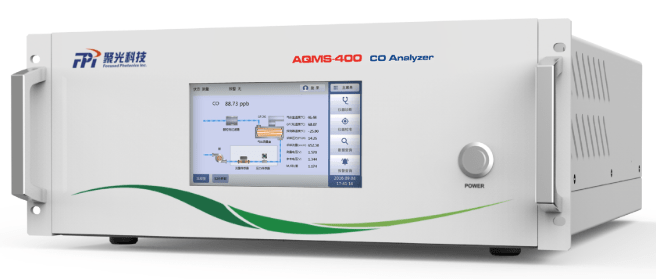
AQMS-400 (Carbon Monoxide)

AQMS-650 (Nitrogen Oxides)
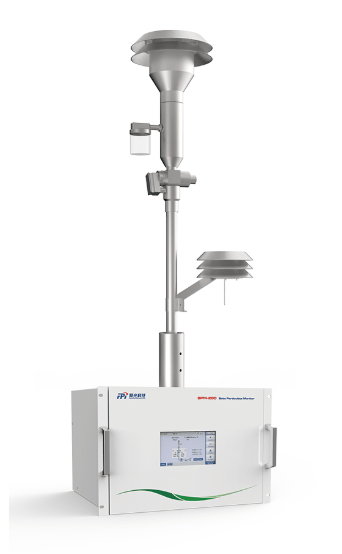
Particulate Matter (PM10)
